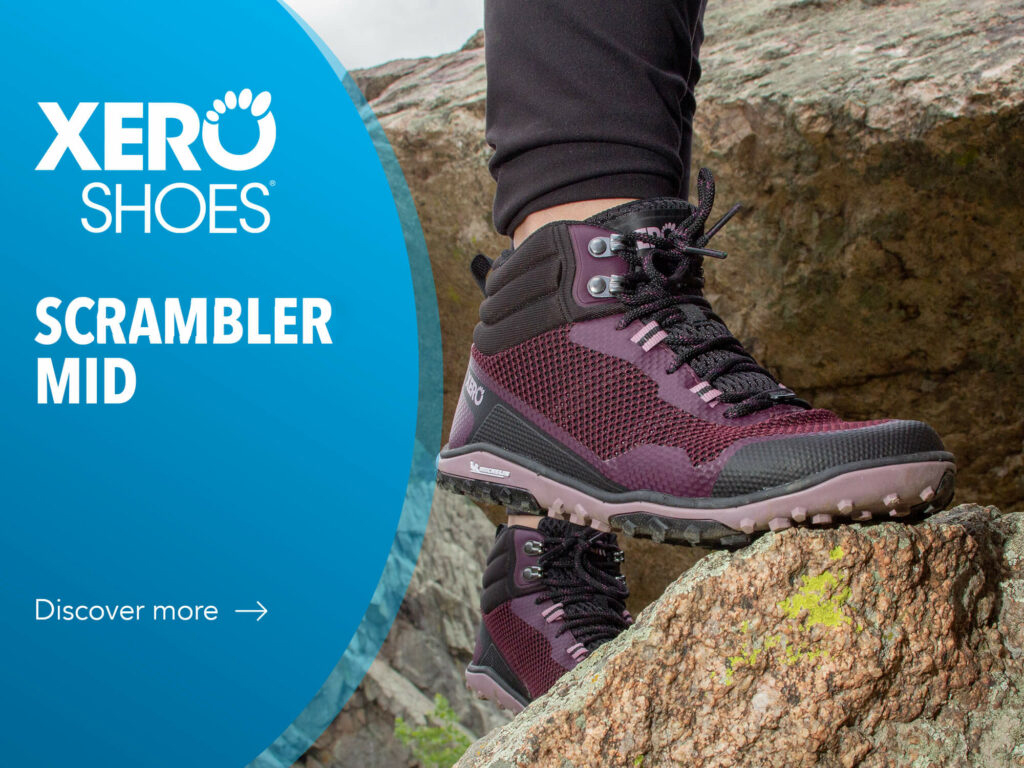It is now clear that the path to sustainable products, even in the footwear world, is long, complex and can only be approached gradually. OrthoLite, a leading international supplier of comfort insoles, is aware of this and, for some time, has been putting a lot of resources into ensuring that its products and processes contribute more and more to the creation of footwear that is environmentally and human friendly.
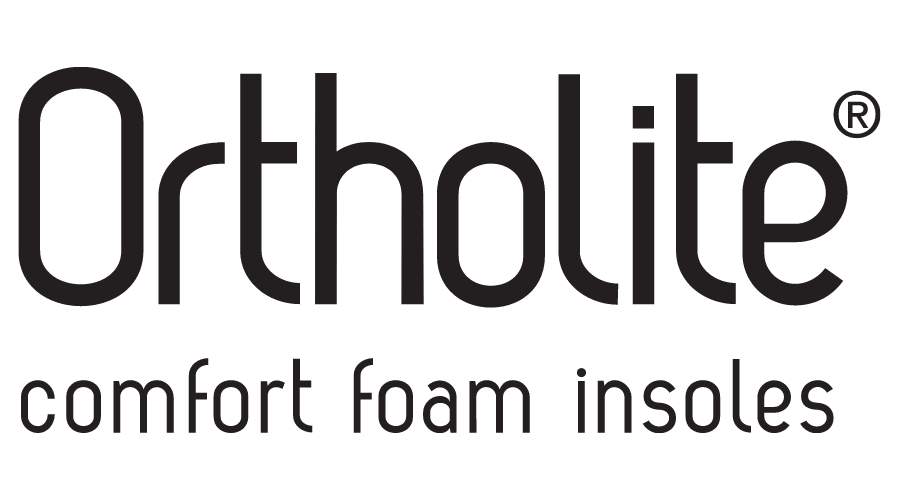
It does this by carefully analyzing its impact, thanks to increasingly popular tools. Such as the Corporate Social Responsibility report, a voluntary document that accounts for the social and environmental implications of a company’s actions. Or by drafting the ESG Report (Environmental, Social and Governance), which assesses performance against specific environmental, social and governance goals.
But before we get to sustainable insoles, let’s start with the basics.
Why is an insole so important in a shoe?
Because it is the bed on which our foot rests and largely determines its posture and comfort, including breathability.
Why is an insole important in the sustainable economy of a shoe?
Because it is one of the 60 components, which on average make up a shoe, that you cannot do without, except in very rare cases. So, it is present in every pair for sale, making its environmental impact crucial.
Back to OrthoLite.
It was born in 1997 following the discovery of a new material by its founder.
Glenn Barrett, for the curious, sensed how an open-cell polyurethane foam could be perfect for making insoles that would allow better recirculation of the moisture that inevitably forms inside a shoe, with the consequences we all know well.
This propensity for innovation still animates the American multinational company and drives it to engage in research and development of products capable of taking care of the health of the foot and, increasingly, of the environment as well.
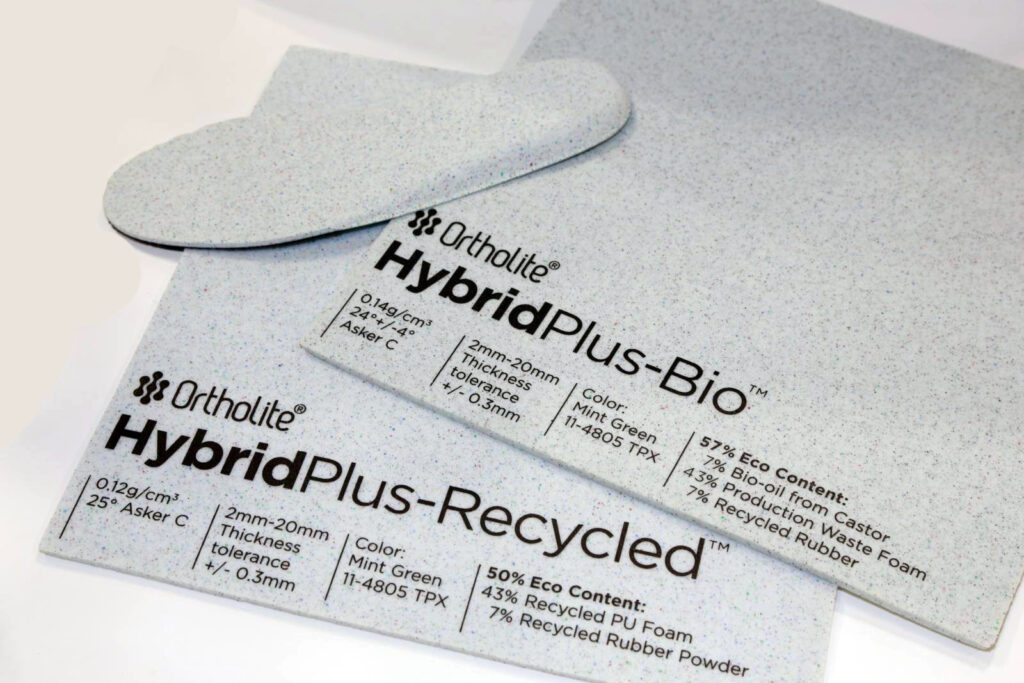
And here we come to the topic at hand: can an insole help the environment, as well as make our steps lighter?
The answer is yes. OrthoLite has, in fact, developed several technologies to make increasingly green insoles, and has done so through recycling systems, reuse of production waste, and through the use of materials of organic origin.
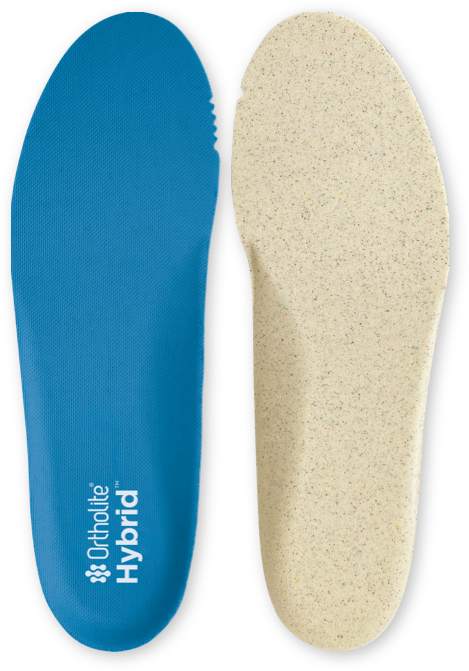
OrthoLite HybridTM is an eco-formulation that can be used as is, or in a compound, to improve the eco-friendly content of an insole due to the presence of 5% recycled rubber and 15% manufacturing waste foam.
This is complemented by the HybridPlus-RecycledTM, which brings the eco-content of insoles up to 50% by uniquely blending 7% recycled rubber powder and 43% recycled PU foam.
In addition, the HybridPlus-BioTM. A hybrid formulation that also uses bio-oil, raising the total ecological content up to 57% by combining 7% castor-derived bio-oil, 43% recycled production waste foam, and 7% recycled rubber.
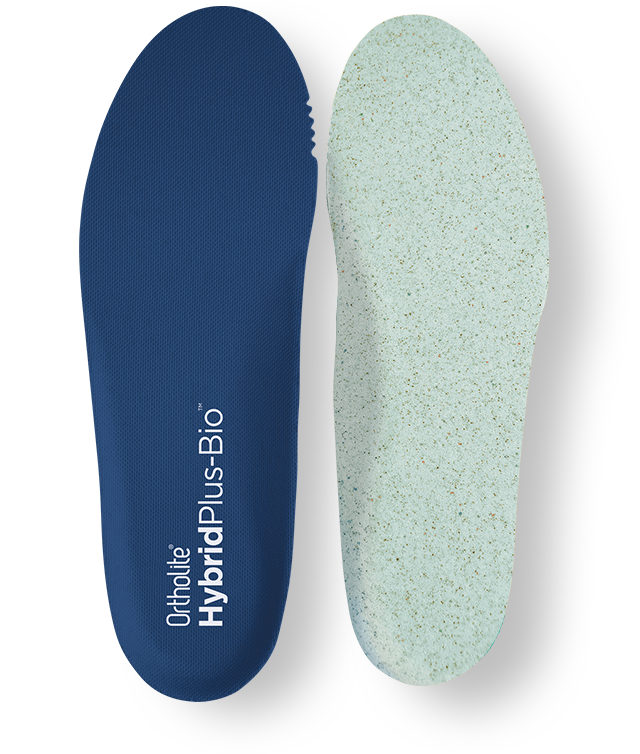
And finally, OrthoLite has developed “CirqlTM in cooperation with Novamont, a new midsole foam soon to be available on the market, is a ‘soil-to-soil’ solution for footwear manufacturing processes that sets a new standard. In essence: you take from nature an amount of resources that, at the end of the product’s life, will return to nature. The combination of OrthoLite’s chemical-free foam with Novamont’s Origo-Bi® biopolymer will provide the first technology that can greatly reduce the high impact of the footwear manufacturing process by offering multiple end-of-life disposal options.
According to a Life Cycle Assessment (LCA) conducted by MIT, a typical pair of running shoes generates 14 kilograms of carbon dioxide emissions, like keeping a 100-watt light bulb on for a week. Each year, in the United States alone, people throw away more than 300 million pairs of shoes, 95% of which end up in landfills. OrthoLite Cirql will provide a traditional plastic-free, scalable and truly circular material to OrthoLite’s more than 500 partner footwear brands.
If we were to find a moral to this whole story, it would be this: next time we buy a shoe let’s also pay attention to what’s inside it, because in addition to being more comfortable we might also lend a nice hand to the environment.









































